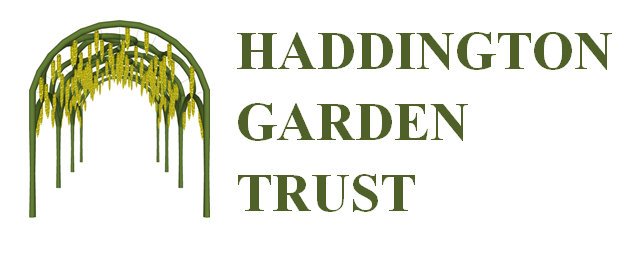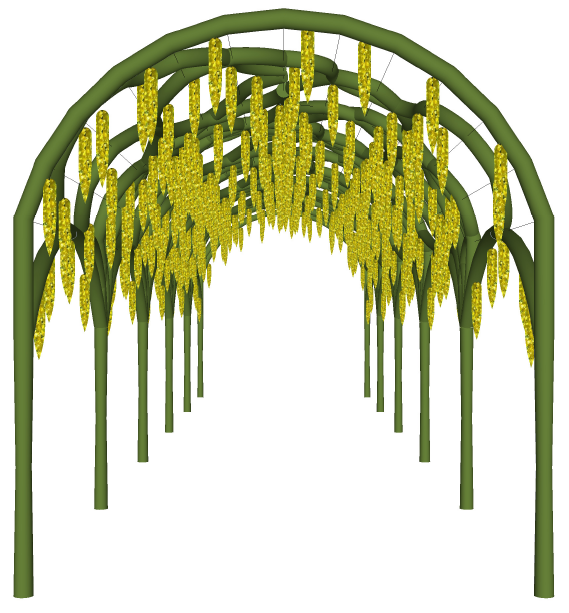The history of Haddington Garden Trust
St Mary’s Pleasance has a long and interesting history. Early Royal charters reveal that the garden was part of a King’s Palace and Royal garden relating to David 1 of Scotland (1124-1153). The land passed to David’s widowed daughter-in- law Countess Ada, then to William 1 (the Lion).
In 1477, the site, known as the King’s Yaird, was gifted to the Franciscan Friars who farmed it as a walled croft for over 80 years, producing food and medicinal herbs.
The Garden became no man’s land during the Siege of Haddington (1548-1549) between the Scots/French troops in St Mary’s and the English/Scots troops in the town. After the Reformation the site became the property of the town.
About 1670 Alexander Maitland acquired Haddington House and the adjoining land which he consolidated as a private family estate. Later in the period 1850-1966 the site became a market garden then lapsed into disrepair.
In 1972. Douglas, 14th Duke of Hamilton, purchased the 1.59 acres of land in Sidegate to the rear of Haddington House. These were formerly the private gardens of 17th century Haddington House but had lapsed into a sad state of decline.
The Duke of Hamilton then formed Haddington Garden Trust, now Haddington Garden Trust SCIO, having gifted the land to the Trust, becoming its first chairman until his untimely death in 1973.
The Trust’s aims were cleared stated - “to preserve the garden as an open precinct for the enjoyment of the public and to encourage the study of old Scottish gardens and gardening methods”.
The garden was designed by the architect Schomberg Scott to a specification of the Trust’s second chairman, Sir George Taylor, former director of the Royal Botanic Garden of Kew. The choice of garden design reflects the features of a 17th century Scottish garden, the mount, the sunken garden, the pleached allee of laburnum, the boxed hornbeam walk, the cottage garden, the orchard and meadow, the period rose border and raised herb beds.






